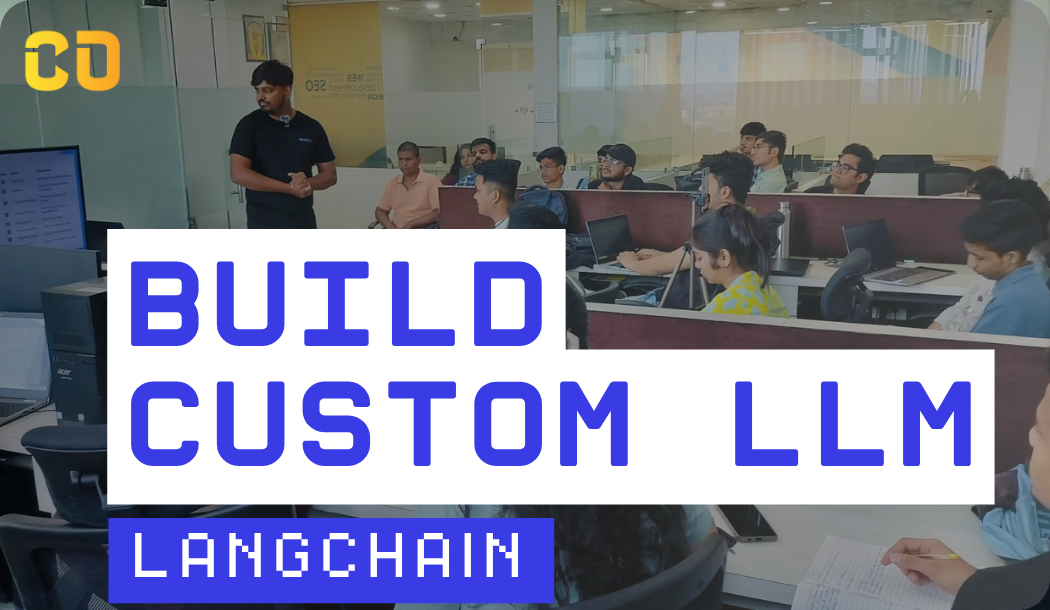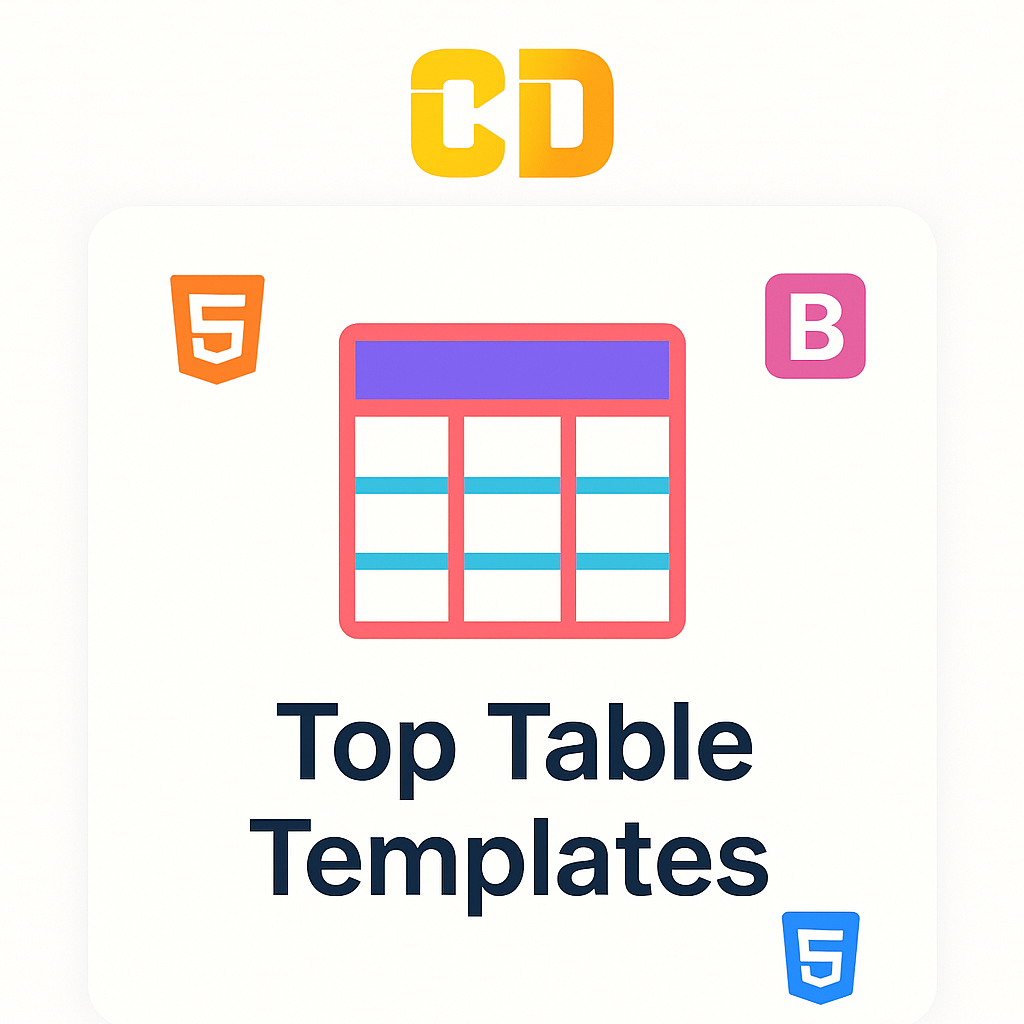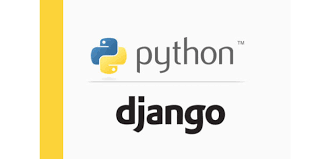Angular is a popular framework developed by Google for building dynamic web applications. With its robust features and component-based architecture, Angular is widely used in enterprise-level applications. As a leading technology services provider, Wipro often interviews candidates for Angular Developer positions. This blog outlines the top 20 Angular interview questions, along with detailed answers to assist you in your preparation.
1. What is Angular?
Angular is a platform and framework for building single-page client applications using HTML and TypeScript. It provides a rich set of tools and features to facilitate the development of scalable and maintainable applications.
2. What are the key features of Angular?
Key features of Angular include:
- Component-Based Architecture: Angular applications are built using components, making them modular and reusable.
- Dependency Injection: Angular provides a built-in dependency injection mechanism to manage service instances efficiently.
- Two-Way Data Binding: Changes in the UI reflect in the data model and vice versa.
- Routing: Angular has a powerful routing module for navigating between views.
3. Explain the difference between a component and a directive in Angular.
- Component: A component is a building block of an Angular application that controls a portion of the UI. It has its own view and encapsulates data and behavior.
- Directive: A directive is a class that adds behavior to existing DOM elements. There are three types of directives: components, structural directives (e.g.,
*ngIf,*ngFor), and attribute directives.
4. What is the purpose of Angular CLI?
Angular CLI (Command Line Interface) is a powerful tool that simplifies the development process by providing commands for creating, managing, and deploying Angular applications. It helps automate tasks such as project setup, code generation, and testing.
5. What is the role of services in Angular?
Services in Angular are singleton objects that provide specific functionalities. They are used to share data and logic across components, promote code reuse, and encapsulate business logic. Services are typically injected into components using Angular's dependency injection system.
6. What are Observables in Angular?
Observables are a part of the RxJS library and are used for asynchronous programming in Angular. They allow you to subscribe to data streams, handle events, and manage data flow. Observables are preferred over Promises for handling multiple values over time.
7. How do you implement routing in Angular?
Routing in Angular is implemented using the Angular Router module. You define routes in your application using the RouterModule.forRoot() method, specifying the path and component to display for each route. You can also use router outlets to define where the routed components should be displayed.
8. What is dependency injection in Angular?
Dependency injection (DI) is a design pattern used in Angular to manage the instantiation of services and components. Instead of creating dependencies within components, Angular injects them, promoting loose coupling and better testability.
9. Explain the concept of Angular lifecycle hooks.
Angular lifecycle hooks are methods that allow you to tap into key events in a component's lifecycle. Some common lifecycle hooks include:
ngOnInit(): Called after the component is initialized.ngOnChanges(): Called when input properties change.ngOnDestroy(): Called just before the component is destroyed.
10. What is the difference between ngIf and ngFor directives?
ngIf: A structural directive that conditionally includes or excludes a template based on a boolean expression.ngFor: A structural directive used to iterate over a collection (like an array) and create a template for each item.
11. How do you handle forms in Angular?
Angular provides two ways to handle forms: Reactive Forms and Template-Driven Forms.
- Reactive Forms: Involves creating a model-driven approach to form handling using
FormGroupandFormControl. - Template-Driven Forms: Involves using Angular directives in the template to manage forms and validation.
12. What is the purpose of pipes in Angular?
Pipes in Angular are used to transform data for display in templates. They take in data as input and return a transformed value. Built-in pipes include DatePipe, CurrencyPipe, and UpperCasePipe. You can also create custom pipes.
13. Explain the use of ng-content.
The ng-content directive allows you to create a placeholder in a component where content can be projected. It is useful for creating reusable components that accept external content, such as custom templates.
14. How do you create custom directives in Angular?
Custom directives are created by using the @Directive decorator. You define the directive's behavior and specify the selector that identifies where the directive should be applied. Directives can be attribute directives or structural directives.
15. What is lazy loading in Angular?
Lazy loading is a technique that improves application performance by loading feature modules only when they are needed. This reduces the initial load time of the application and enhances user experience.
16. What are modules in Angular?
Modules in Angular are containers for a cohesive block of code dedicated to an application domain, workflow, or closely related set of capabilities. Each Angular application has at least one root module, typically named AppModule, and can contain multiple feature modules.
17. Explain the difference between public, private, and protected access modifiers.
public: Members declared as public can be accessed from anywhere in the application.private: Members declared as private can only be accessed within the class in which they are declared.protected: Members declared as protected can be accessed within the class and by subclasses.
18. What are environment files in Angular?
Environment files are used to define environment-specific configurations, such as API endpoints, in Angular applications. These files are located in the src/environments directory and allow you to set different configurations for development and production environments.
19. How do you handle errors in Angular?
Error handling in Angular can be achieved using the HttpInterceptor to catch HTTP errors globally. You can also use the catchError operator from RxJS to handle errors in Observables, allowing you to provide a fallback value or log errors.
20. Why do you want to work for Wipro?
In this question, express your enthusiasm for Wipro's innovative projects, commitment to technology, and strong values. Highlight how the company's culture aligns with your career aspirations and your eagerness to contribute to its success.
Conclusion
Preparing for an Angular Developer interview requires a solid understanding of both fundamental and advanced Angular concepts. Familiarizing yourself with these questions and answers will help you approach your interview at Wipro with confidence.
Best of luck!








Add a comment: